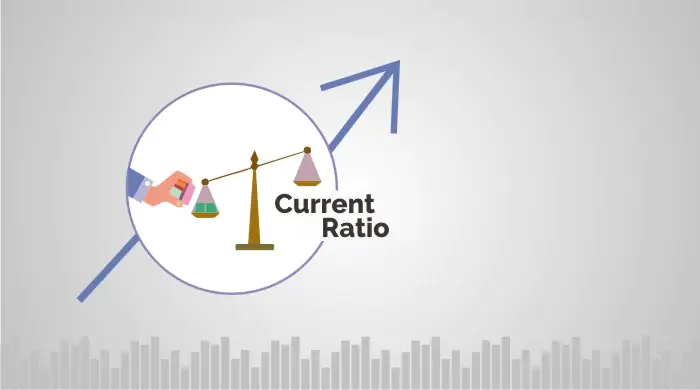The current ratio is a liquidity ratio that measures a company’s ability to pay short-term and long-term obligations. The current ratio is calculated by dividing a company’s current assets by its current liabilities. A high current ratio indicates that a company has a strong ability to pay its debts. A low current ratio indicates that a company may have difficulty paying its debts.

The ideal current ratio is 2:1, meaning that for every two dollars of debt, the company has one dollar of assets. The current ratio is an important measure of liquidity because it shows how quickly a company can pay its bills. It is also a good indicator of a company’s financial health.
What is the current ratio
The current ratio is a liquidity ratio that measures a company’s ability to pay short-term and long-term obligations. The current ratio is calculated by dividing a company’s total current assets by its total current liabilities.
A company’s ability to pay its short-term obligations is measured by its working capital, which is the difference between a company’s current assets and current liabilities. A company with a positive working capital has the funds available to pay its short-term obligations, while a company with negative working capital does not have the funds available to pay its short-term obligations and is at risk of default.
The current ratio is not an ideal measure of a company’s liquidity because it does not take into account the timing of payments or the fact that some assets may be more liquid than others. For example, inventory may take longer to sell than accounts receivable, so a company with a high level of inventory may appear to be less liquid than a company with a lower level of inventory but higher levels of accounts receivable.
nonetheless, the current ratio remains a popular measure of liquidity among financial analysts and investors. A high current ratio indicates that a company has ample resources to meet its short-term obligations, while a low current ratio indicates that a company may have difficulty meeting its short-term obligations.
What is a good current ratio
The current ratio is a liquidity ratio that measures a company’s ability to pay short-term and long-term obligations. The current ratio is calculated by dividing a company’s total current assets by its total current liabilities. A high current ratio indicates that a company has a strong ability to pay its obligations. A low current ratio indicates that a company may have difficulty paying its obligations.
How to improve your current ratio
There are a few things you can do to improve your current ratio. One is to reduce your current liabilities. This can be done by paying off debts or renegotiating payment terms with creditors. Another way to improve your current ratio is to increase your current assets. This can be done by selling off non-essential assets, investing in short-term investments, or increasing inventory levels. Finally, you can also improve your current ratio by increasing your sales. This can be done by expanding your customer base, developing new products or services, or increasing prices.
The importance of the current ratio
The current ratio is a measure of a company’s ability to pay its short-term obligations with its current assets. The higher the current ratio, the more capable the company is of paying its obligations. The current ratio is an important tool for investors to use when assessing a company’s financial health.
While the current ratio is not the only metric that should be considered when evaluating a company, it is an important factor to consider. A company with a high current ratio may be able to cover its short-term obligations, but it may also be carrying a large amount of inventory that is not selling.
Likewise, a company with a low current ratio may be struggling to cover its obligations, but it may also be investing in long-term projects that will pay off in the future.
Investors should always consider the current ratio in conjunction with other financial metrics to get a comprehensive picture of a company’s financial health.
Also Read: What Is Portfolio Management

